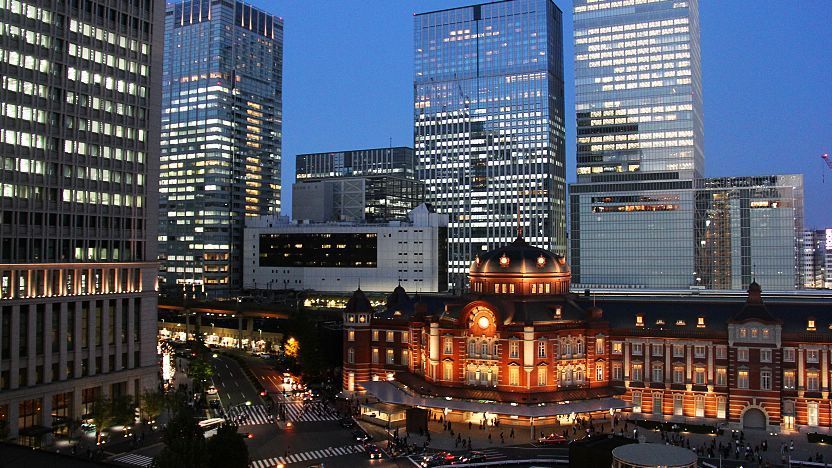Japanese Architecture

Japan has an interesting variety of buildings that exhibit different architectural forms from humble farm houses to grand palaces. They include some of the world's oldest surviving wooden buildings as well as daring, modern creations. The influence from the Asian mainland was defining over many centuries until Western styles were adopted from the late 1800s. Today, Japanese architects play prominent roles in contributing to global architectural trends.
Buildings were traditionally built in wood - in part because of the abundance of timber and due to the material's relatively good resistance to earthquakes. Unfortunately, many buildings were lost through the centuries to natural disasters, the humid climate, fires and wars. Efforts have been made to preserve some monumental buildings including temples, shrines, palaces and castles, of which many are very old and require periodic renovations. Furthermore, efforts are ongoing across the country to reconstruct some lost buildings of importance.
Many structures exhibiting past architectural styles are nowadays popular tourist sites. They are spread across the country, some surviving in entire preserved districts or towns, while others were moved to open air museums.

Questions? Ask in our forum.


